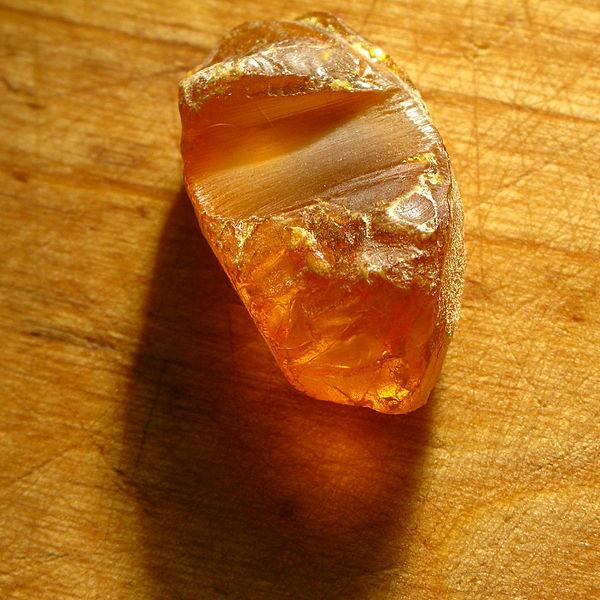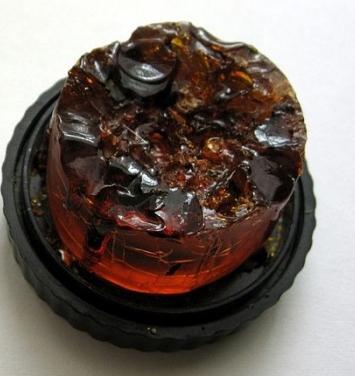Rosin is an amorphous, brittle substance that has a glassy structure and color from light yellow to dark red. It is obtained after distillation of the volatile component from the resins of conifers. The chemical properties of rosin (up to 90% of resin acids, including the main one - abietic) make it insoluble in water, but soluble in ethers, alcohol, chloroform and benzene. When heated to 50-120 C (for different grades), rosin bars soften.
Where did the word rosin come from? This is most likely the distorted name of the ancient Greek city of Colophon, around which trees grew that gave such a substance. In antiquity (more than three thousand years ago) turpentine was obtained from resins by heating, and the dry residue was just a primitive rosin substance.
Rosin is an accessory without which it is impossible to play, for example, on a violin, viola, double bass, cello. When rubbing a bow with a piece of this substance, free molecules are formed that give a certain adhesion to the string, which helps to extract sound. Such rosin is often produced in a non-industrial way from resins collected exclusively in the fall with the addition of “secret” ingredients that each company has its own (metal, silver and even gold dust can be added, etc.). In addition, soles used to be rubbed soles before sports, for example, wrestlers, as well as saddles of jockeys before the races.

Rosin is a substance that has been widely used and is used in industry. In former times, it was in demand in soap making, the production of adhesives, and sealing wax. Today, rosin compositions are used for fixing glass component lamps to socles, for the production of varnishes, in printing, soldering, and also in the paper industry. And everywhere its main property is applied - the ability to create sticky compounds when heated.
Rosin production in general has not changed for millennia. The source material (tarred stumps, collected resin - resin) is placed in cubes, where it is steamed or heated over a fire. About 12 kg of turpentine (distilled off) and 70 kg of rosin, which is boiled to remove liquid and placed in containers, are obtained from a centner of gum. If the substance is extracted from the stumps, then they are pre-crushed, and then the mixture of chips and water is subjected to the extraction process. From one cubic meter of tarred wood you can get about forty kilograms of rosin.

What are the main regulations used by enterprises that produce rosin? GOST No. 19113 - 84, in particular, contains the basic requirements for products and a number of production parameters. From it we can find out what the appearance of rosin should be, what is the permissible density, water content, softening temperature, acid number, etc. The document also indicates the requirements for the safety of the production process (rosin is a moderately hazardous substance, because its aerosol can cause irritation), acceptance rules, methods of analysis of the finished product, storage rules and guarantees.